Bałuty
7.08

Overview
Bałuty is one of the largest districts of Łódź, which functioned as an independent administrative unit until December 31, 1992. It covers an area of 78.9 km² and is inhabited by approximately 191,600 residents. The history of Bałuty dates back to the 19th century, when Łódź was developing dynamically, and newly arriving populations settled in the surrounding villages. In 1915, Bałuty was the largest village in Europe with a population of 100,000 people. The district was formally established on January 1, 1954, and in 1960 it was incorporated into a larger area, which contributed to the unification of Bałuty's borders. Despite the formal abolition of the administrative division in 1993, residents still identify with this district.
Bałuty is home to many interesting places, such as the Jewish Cemetery on Bracka Street, Manufaktura—a shopping center in the former cotton factory of Israel Poznański—and the Bałucki Market, which is the largest marketplace in Łódź. The district boasts numerous parks, such as the Adam Mickiewicz Park and the Monument of the Broken Heart, commemorating the child victims of World War II. Additionally, the Łagiewnicki Forest serves as the "green lungs" of Łódź, and the Arturówek water reservoirs are a popular recreational spot. The entire region is divided into eight administrative neighborhoods, including Bałuty Zachodnie, Radogoszcz, and Łagiewniki.
Bałuty is also home to many talented artists, including rappers such as O.S.T.R. and Zeus, as well as athletes like basketball player Marcin Gortat and tennis player Jerzy Janowicz. Interestingly, Bałuty continues to have a strong influence on the culture and daily life of Łódź, despite no longer being formally recognized as a separate district.
Location
Tickets
Powered by GetYourGuide
You can also find here:

Helenów Park in Łódź
8.37
Bałuty, Lodz

Church of the Assumption of the Blessed Virgin Mary in Łódź
8.33
Bałuty, Lodz
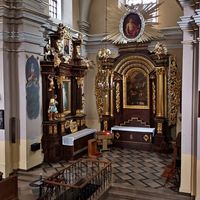
St. Anthony of Padua Church in Łódź
8.27
Bałuty, Lodz
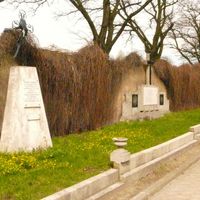
Radogoszcz
8.11
Bałuty, Lodz
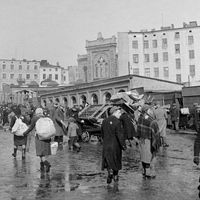
Litzmannstadt Ghetto
7.44
Bałuty, Lodz

Baluty-Doly
7.01
Bałuty, Lodz
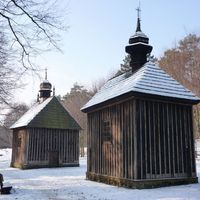
St. Anthony's Chapel in Łódź
6.99
Bałuty, Lodz
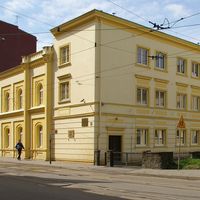
Museum of Independence Traditions in Lodz
6.98
Bałuty, Lodz
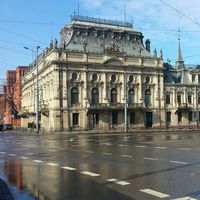
Israel Poznański's Palace
6.94
Bałuty, Lodz
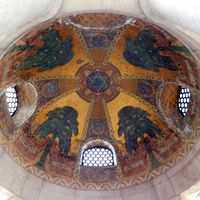
Israel Poznański's Mausoleum
6.93
Bałuty, Lodz
2025 Wizytor | All Rights Reserved